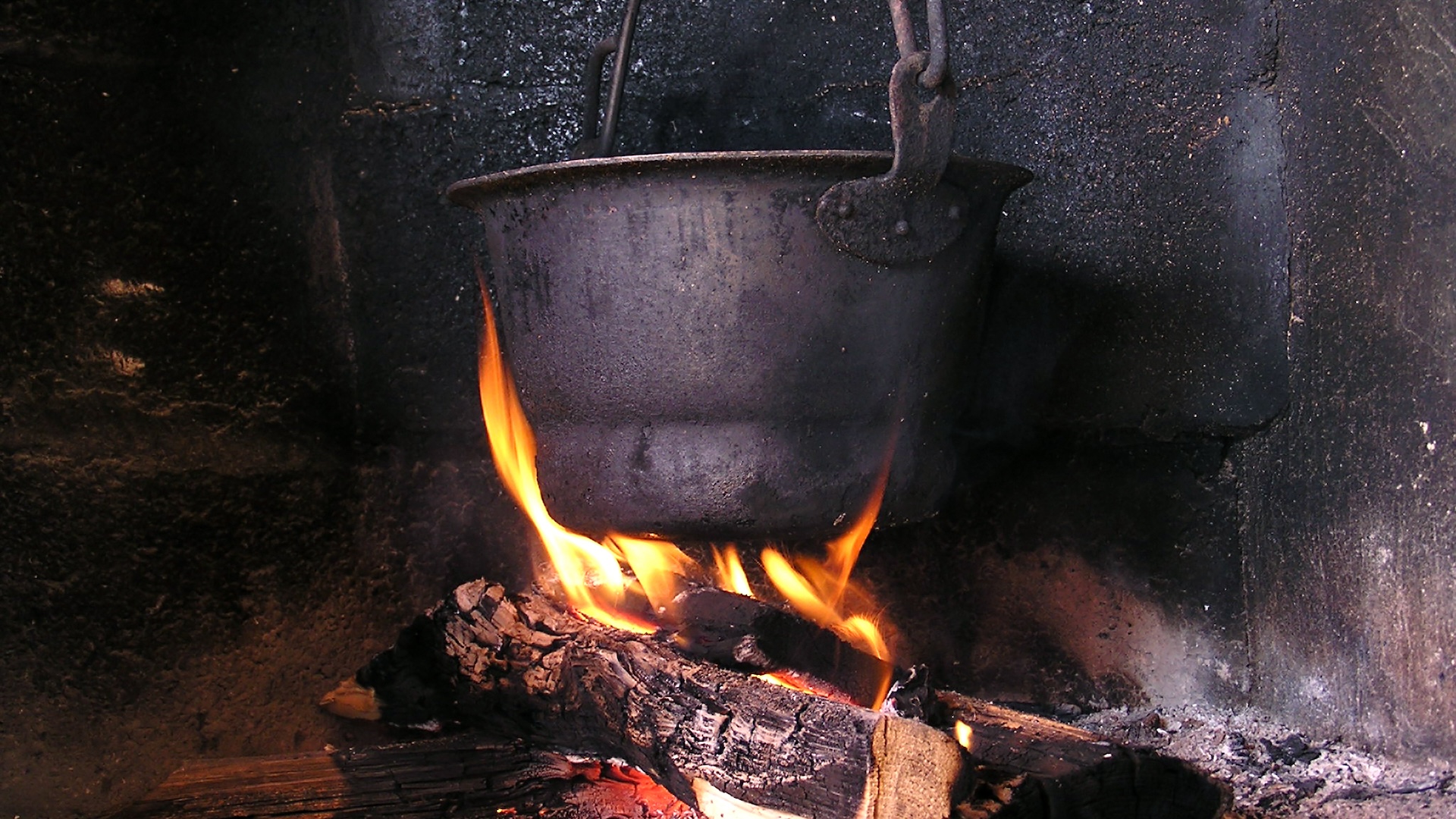
Great Migrations Thrill, Shock at NYC Premiere
NEW YORK — On an unseasonably warm October evening in Manhattan, thousands of creatures were on the move. Marching westward, they moved with purpose down 41st street, drawn by the rose-gold light of a disappearing sun — or perhaps just the Port Authority, a couple blocks away, and the promise of home.
As the daily human migration proceeded outside the TimesCenter, inside the building life-size blow-up zebras were carefully placed, glassware was unpacked, and National Geographic Channel staff prepared for an event to highlight migrations of a more dramatic sort than most New Yorkers typically experience. (There are strange sights on the subway, but crocodile attacks are pretty rare.)
It was the New York City premiere of the National Geographic Institution's largest undertaking in its 122-year history: a special showing of Part One of their new "Great Migrations" series, an epic, three-year project shot on all seven continents, with some of the most advanced cameras on Earth. [See stills from the Great Migrations series.]
The film tells the story of the perilous treks that animals — from tiny plankton to wildebeests to sperm whales — must make for sometimes thousands of miles across the globe in a life-and-death struggle for survival.
"One of the big messages of this project is that migrations aren't just these epic global movements, they're incredibly difficult, torturous journeys that animals wage every year," said David Hamlin, senior producer on the series and a driving force behind the project from its inception.
"I think it's a remarkable willful sign of nature's power and the inexorable drive of life," Hamlin said. "It's about the need to feed and the need to breed."
Rory P. Wilson, a biologist and chief scientific advisor on the project, pointed to the "Great Migrations" tagline: "Move as millions, survive as one."
Sign up for the Live Science daily newsletter now
Get the world’s most fascinating discoveries delivered straight to your inbox.
"That's really critical," Wilson said. "The fact that they're all doing it together is part of the thing that keeps the species alive."
New tracking technology
Wilson himself was a critical part of the project. He created some of the first devices ever used for remotely tracking animal movements. Wilson got the idea while working on his dissertation on penguins in South Africa in the early 1980s, and expanded into other species from there.
It was technology developed in 2006, when "Great Migrations" was still in the planning stages, that caught Hamlin's attention, and prompted him to bring Wilson on board.
Wilson calls the device a "daily diary," and it provides astounding data on animals' movements and their environments.
"It's a self-contained, maniacal scribe," Wilson said. Once it's attached to an animal, whether fish, beast or fowl, the device records a mass of data — everything from the animal's minute movements through space and time to the temperature of its enviroment and light levels.
"In other words you can be there – really be there – with the animal when you couldn't be otherwise," Wilson told OurAmazingPlanet at the event.
The sweeping score from the film played in the background — music that might herald a slow-motion gladiator fight — but in this case underscored the slow drift of the well-heeled crowd into the theater.
What ensued was an hour of heart-stopping, heart-wrenching action. From incredible close-ups showing the complete transformation of a monarch from egg to butterfly, to the rarely-captured migration of the dinner-plate sized crabs on Christmas Island, to harrowing chases on the Serengeti, the audience got an eyeful.
It was a celebration of nature not for the faint of heart. The series didn't shy away from showing the danger inherent in the grand wanderings of animals across the planet.
Toward the opening of the film, as a newly-born wildebeest succumbed to predators, bleating like a distressed wookie, a small voice was heard in the darkness.
"Did the baby get killed?" "Yes, honey," a woman's voice answered.
Feeding time
After the credits rolled to enthusiastic applause and hoots of approval, hundreds rose as one and migrated out to the awaiting reception, where wait staff, bedecked with monarch butterfly hairpieces and zebra-striped ties, carried platters of real-life wheatgrass, forcing guests to do a bit of foraging themselves to ferret out the sushi and dumplings nestled therein.
"We like to provide a touch of wow," said the catering manager, a petite, energetic blonde.
As the crowd sipped on Zebra-tinis and Monarch margaritas, cocktails created for the occasion, cameraman Bob Poole gratefully accepted a beverage. He'd arrived just as the screening began, straight from the airport and a plane from Malaysia.
"I think it's tomorrow there," Poole said. He consulted his phone. "It's 8:26 a.m. tomorrow." Poole, a 20-year veteran of nature documentary work, shot a great deal of the film's Africa footage, including some unprecedented scenes of elephants in Mali that required vast patience in dangerous conditions.
Poole said that he hopes "Great Migrations" will change how people look at their own locales. "When you lie down to go to sleep at night, you'll realize the whole world is moving. And when you wake up and you see a flock of birds flying by, or a school of fish, you won't just think, 'Oh isn't that pretty!' You'll be wondering, 'Where did they come from? And where are they going?'"
Poole himself is headed to Washington, D.C., next, along with Hamlin and Wilson, for one more premiere screening. Then all three will move on to the next thing, off to their own corners of the world.
"We told a few stories of migration in this series," Poole said, "but there are just so many species for whom the only thing worse than leaving would be to stay."
- Image Gallery — Quest for Survival: Incredible Animal Migrations
- Top 10 Most Incredible Animal Journeys
- 101 Amazing Earth Facts
This article was provided by OurAmazingPlanet, a sister site of LiveScience.










